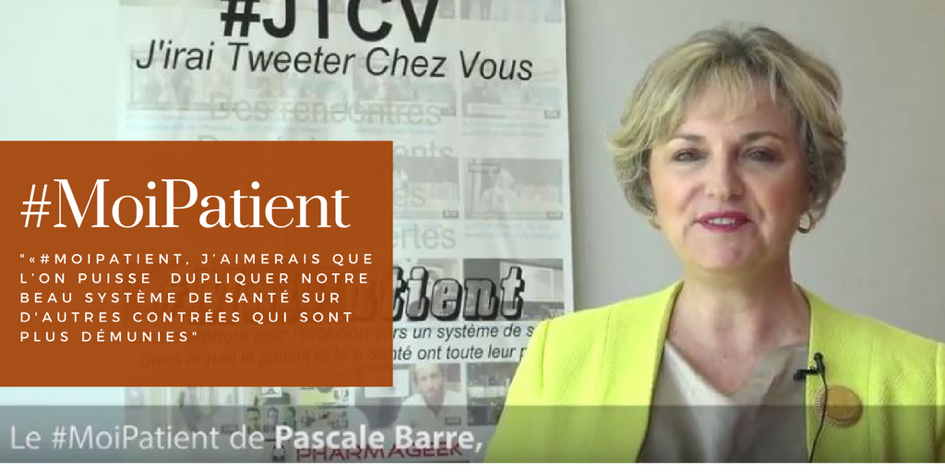Social Media: Academic Study of Hypertension-focused Facebook Groups
27/07/2014Pourquoi ouvrir à la concurrence la vente des médicaments sans ordonnance ?
29/07/2014Five Big NoNos for Physician Social Media Marketing
As we’ve noted before, Social Media marketing is changing the game for physicians in cosmetic practice. Whether you’re a plastic surgeon, cosmetic dermatologist or Medspa owner, these stats from theInternational Association of Physicians in Aesthetic Medicine say it all:
“42 percent of patients received most of their information about cosmetic procedures from social media [in 2012].”
But it’s not all wine and roses when it comes to social media marketing and physicians. It’s true that, done well, social media can be incredibly effective for sharing information, building engagement, identifying new patients, and keeping current patients engaged. Done poorly, however, social media can hurt your reputation, alienate patients and hinder practice growth.
Here are five tips to help prevent your social media practices from turning your aesthetic or wellness practice into a digital version of What not to Wear.
Five biggest turnoffs in social media:
Irrelevant content: The first rule of social media marketing is to provide interesting and relevant content. So think before you post. Is this something that will inform and interest my patients, specifically? Increase their engagement with the practice? Get them thinking about that next service or new product? If none of the above applies, perhaps it’s not the right forum for that post. Fortunately, those who work in aesthetic, cosmetic and health and wellness practices typically have lots of great content to share.
A hard sell: Have an offer or promotion? That’s great. Patients who are interested in your services will be thrilled. But make sure you don’t sell too hard. Offer relevant content about a common patient problem or concern. Skip the sales pitch until the end. Let the products or services stand for themselves as solutions to issues you raise – and that your patients care about already.
Poor spelling and grammar: Want somebody to tune out your message? Then don’t bother to check your spelling and / or grammar. Those who follow you or read your posts will make assumptions about your overall professionalism and question the value of your brand. Of course, mistakes inevitably happen; just make sure they happen infrequently. When you do see an error, fix it. Immediately.
Repetition, repetition, repetition: Don’t keep repeating the same message over and over again. According to one survey, more than half of people on Facebook and Twitter report that repetition turns them off. Most aesthetic, cosmetic and health and wellness practices offer multiple services, much of them quite cutting edge and interesting to large numbers of people. Draw on that variety to showcase the broader message: Have x problem?Here’s how you can look and / or feel your absolute best.
Controversy and / or poor taste: We like to think that this is an obvious one, but sadly it’s not. Do not post anything that could potentially alienate the very people you want to attract. Our advice? Avoid any post involving politics, local or otherwise. The views you have and believe to be self-evident may not be shared by your patients, current or future. Never use inappropriate language. Watch out for questionable humor. Finally, if you’re not sure, don’t share.
We hope this helps you as you begin working on your social media strategy. For more ideas on how to manage your digital image, see this blog about digital marketing platforms. For another perspective on what not to wear on social media, see this slide presentation from Forbes.
Source: crystalcleardm.com



